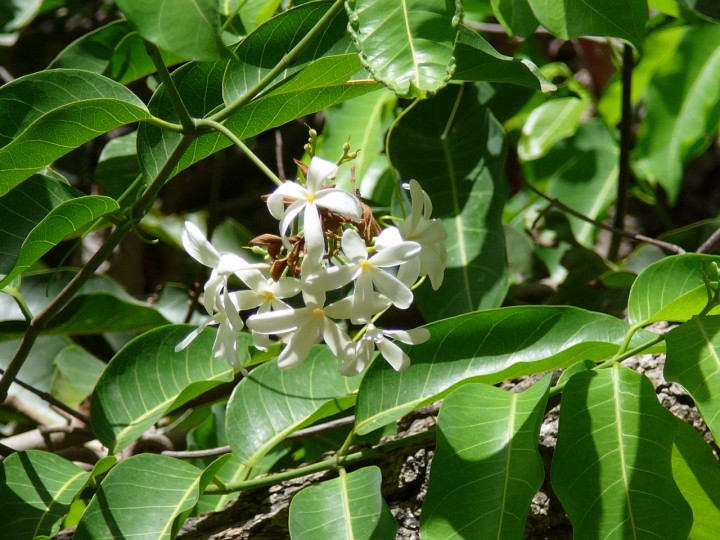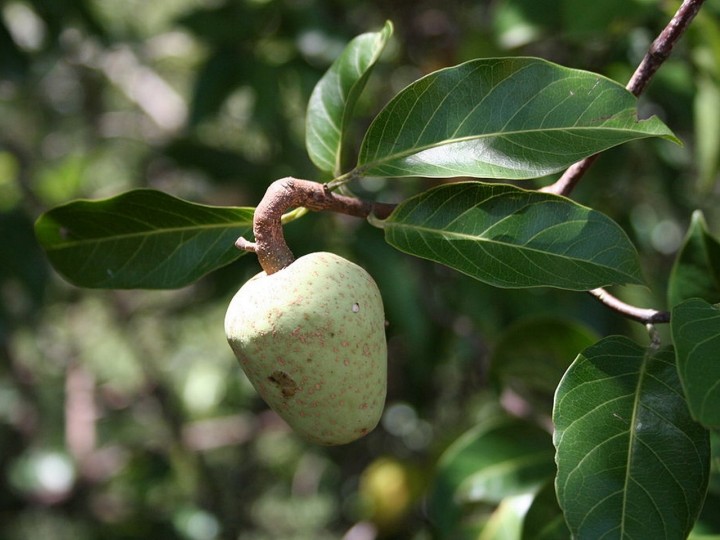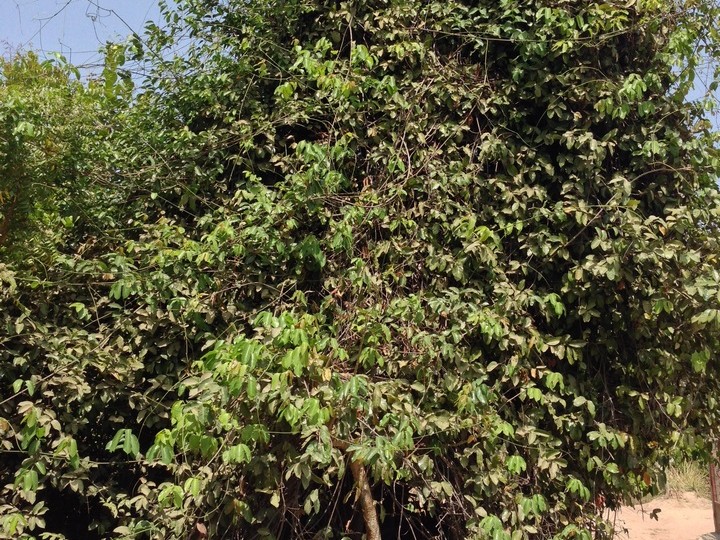Description
Mad, as it is known locally in Wolof, also known by its scientific name, Saba senegalensis, is a species of the Apocynaceae family and of the Saba genus. Called Nindif in Diola, the mad is a tree made of very resistant lianas (long-stemmed, woody vines). The seed dispersal is carried out by animals. Although the diameter of the lianas at the base is no more than 15cm, the trees can reach more than 30m in height. They hook themselves to branches of other trees that are bigger and sturdier, like the kapok or the mame patan. Animals like monkeys use them to climb the taller trees. Mad grows in the Sudanese-Guinean environment and is therefore very common in the forests of Casamance. Bush fires and abusive extraction of its roots are the biggest perils for this species.
Uses
The fruit, called by the same name (‘Mad’ in Wolof) is edible. The seeds are covered with a mellow soft pulp. Whereas it is not advised to eat them, the skin covering the shell can be eaten. Mads are rich in vitamins, particularly vitamins B2, B6 and C. Because of their slightly acidic taste, animals like them a lot, especially monkeys. Mad juice is a popular drink in Senegal. In traditional medicine, the roots are used to cure enuresis (bedwetting) and Mad leaves in a steam bath cures vision problems.
Did you know…
In the Diola communities this species is used as a wall or a curtain to hide what is happening in the “sacred woods”.





